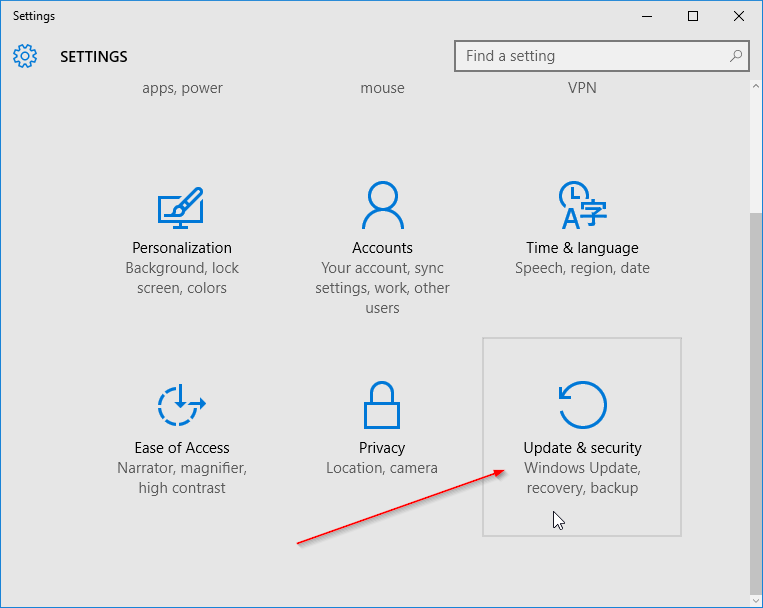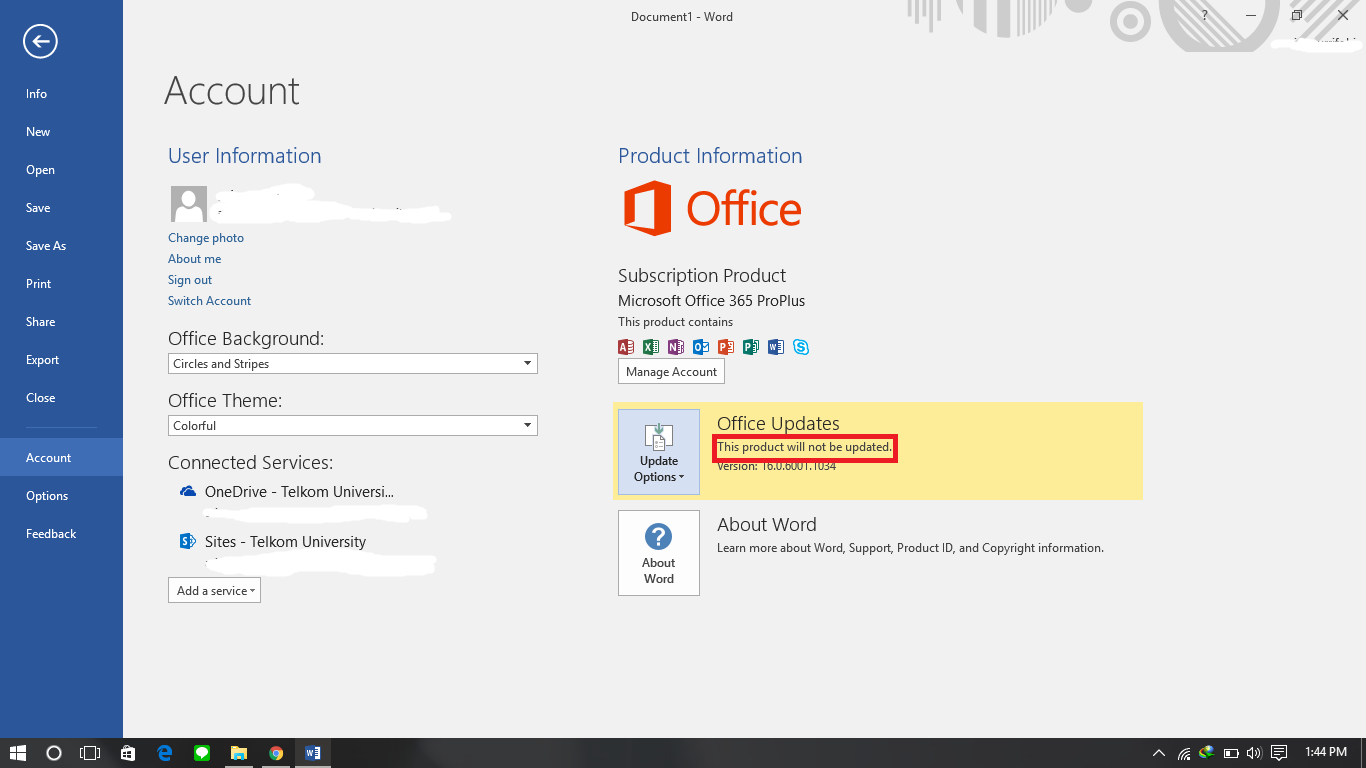

As Rachel Wolfe has written for Vox, the USPS is funded by independent sources of revenue, including the sales of products and services - so it’s not impacted by any kind of shutdown. Post offices will remain operational and mail delivery will continue.New applicants for these programs might face a wait, however.(Medicaid also relies, in part, on state spending.) All three programs fall under “mandatory spending” that the federal government has committed to - and are not affected by the annual appropriations process. Social Security, Medicare, and Medicaid are all slated to keep up their operations uninterrupted.Other programs that have been classified as “essential” will keep running as well. Since roughly three-quarters of the government has been funded by existing bills, many services are set to remain intact.

Here’s a rundown of some of the things that will and won’t be impacted by the partial shutdown.

Some services have already come to a halt, and even more are due to be cut back. Still, hundreds of thousands of employees have been furloughed and will likely receive back pay after the fact. (Other agencies have already been fully funded, including the Department of Health and Human Services.)Īs things stand, Congress still needs to pass seven spending bills, including the contentious Homeland Security appropriations bill, which governs funding for border security and a potential wall.īecause many agencies have already been funded, only about a quarter of the government is affected, unlike previous wholesale shutdowns in January 2018 and October 2013. The December 21 deadline for funding a portion of the government, including the State Department, the Justice Department, the Transportation Department, the Agriculture Department, and the Department of the Interior, has long come and gone - and lawmakers are still trying to figure out some kind of deal.

It’s officially day 29 of the longest government shutdown ever - and its effects are becoming increasingly apparent.


 0 kommentar(er)
0 kommentar(er)
